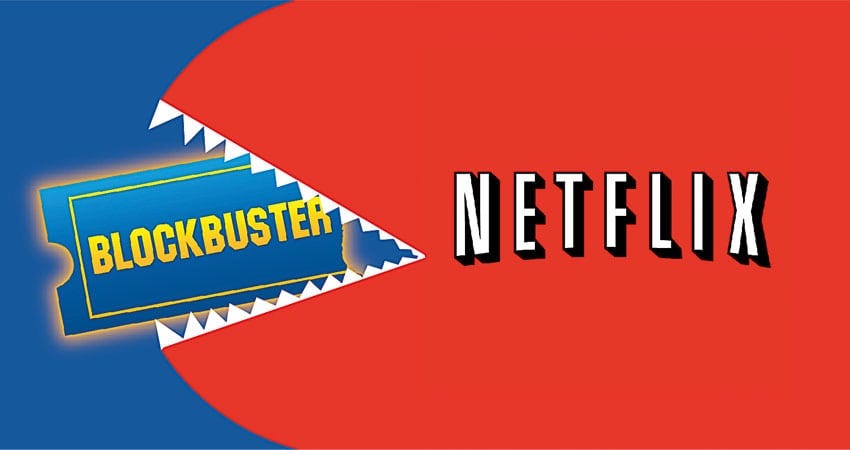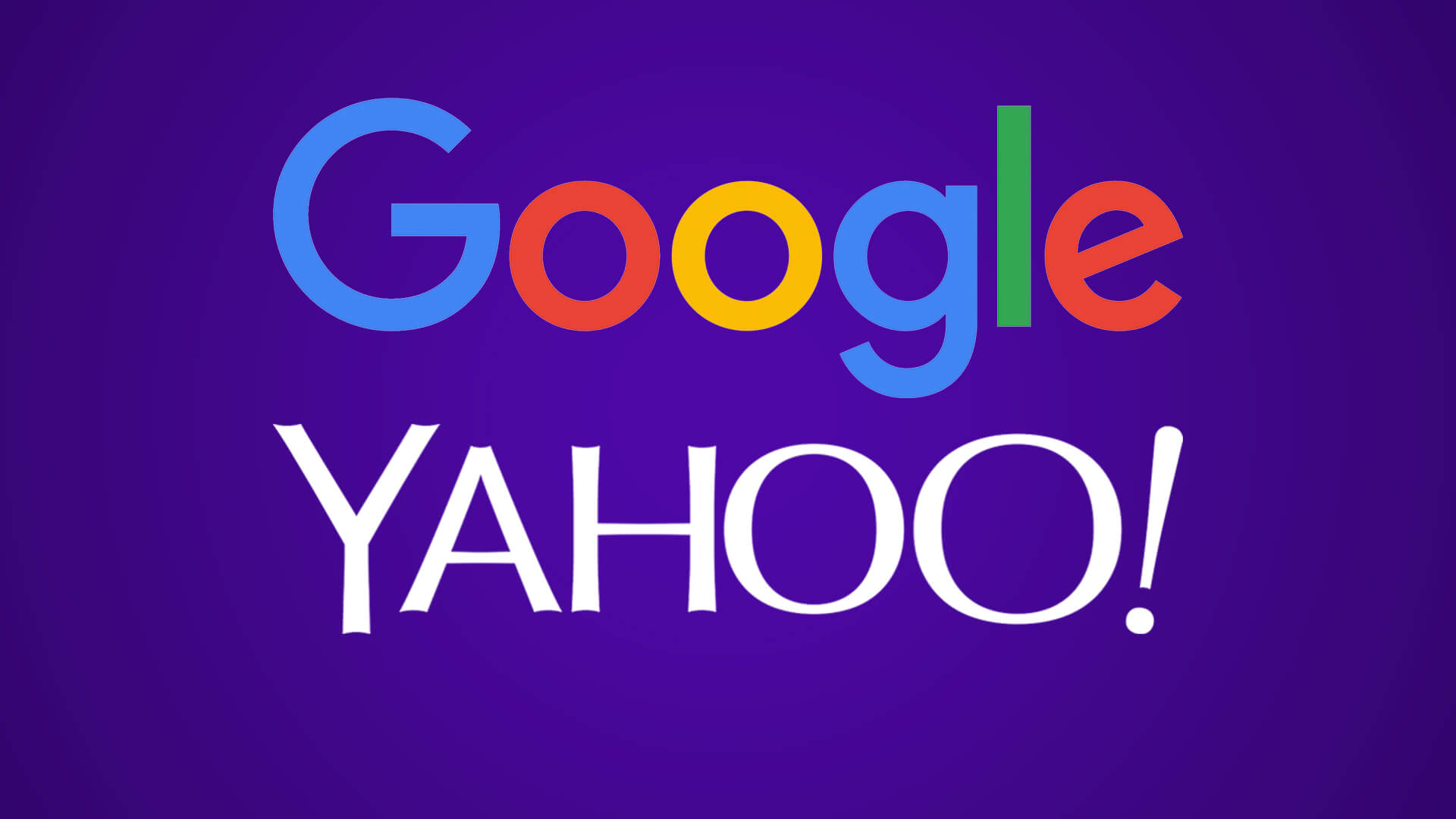The World’s Most Expensive Mistakes: Costly Blunders that Changed History
 |
| World’s Most Expensive Mistakes |
Throughout history, monumental mistakes have led to staggering financial losses, reshaping industries, careers, and even entire economies. From corporate misjudgments to architectural errors, these blunders are a reminder that even the most well-funded ventures can go disastrously wrong. In this blog, we dive into some of the world’s most expensive mistakes that cost companies and countries billions.
1. Blockbuster’s $50 Million Netflix Blunder
In 2000, Blockbuster had the opportunity to purchase Netflix for just $50 million. At the time, Netflix was a struggling DVD rental service, while Blockbuster was the king of video rentals, with over 9,000 stores worldwide. Blockbuster’s CEO John Antioco laughed off the deal, assuming their brick-and-mortar business model was untouchable. Fast forward to today: Blockbuster is long gone, while Netflix has grown into a streaming giant valued at over $180 billion. This single missed opportunity is now seen as one of the greatest corporate miscalculations of all time.
Cost of the Mistake:
Over $180 billion in potential market value.
2. The Titanic: A Shipwrecked Fortune
The sinking of the Titanic in 1912 stands as one of the most tragic and costly accidents in history. Built as the largest and most luxurious passenger liner at the time, it was designed to be "unsinkable." However, fatal flaws in the design and inadequate safety measures (such as too few lifeboats) led to disaster when it struck an iceberg on its maiden voyage. More than 1,500 lives were lost, and the ship itself, valued at $7.5 million (equivalent to $200 million today), was destroyed. The Titanic’s sinking also led to massive lawsuits and significant losses for its builders.
Cost of the Mistake:
$200 million in today’s money, along with priceless human loss and reputational damage.
3. NASA’s $125 Million Metric Conversion Error
In 1999, NASA lost its Mars Climate Orbiter due to a simple, yet catastrophic error in unit conversion. The spacecraft was designed to study the Martian atmosphere, but it burned up upon entering Mars’ atmosphere because two different teams working on the mission used different measurement systems—one in metric and the other in imperial. This oversight resulted in the spacecraft being too close to Mars, ultimately leading to its destruction.
Cost of the Mistake:
$125 million.
4. Yahoo Rejects Google’s $1 Billion Offer
Back in 2002, Yahoo was a dominant player in the search engine industry, while Google was still a small startup. Google co-founders Larry Page and Sergey Brin approached Yahoo with a $1 billion acquisition offer. Yahoo turned it down, believing Google wasn't worth the investment. By 2008, Yahoo tried to buy Google for $40 billion, but it was too late. Today, Google’s parent company, Alphabet, is worth over $1.6 trillion, while Yahoo’s relevance has faded dramatically.
Cost of the Mistake:
Potential loss of over $1 trillion in market value.
5. The Deepwater Horizon Oil Spill
In 2010, an explosion on the BP-operated Deepwater Horizon oil rig caused one of the worst environmental disasters in history. The rig, located in the Gulf of Mexico, spilled millions of barrels of oil into the ocean over 87 days, devastating marine life and local industries. The cause? A combination of poor decision-making and cutting corners on safety procedures. BP faced massive fines, clean-up costs, and lawsuits as a result.
Cost of the Mistake:
Over $65 billion in fines, damages, and environmental cleanup.
6. The Berlin Brandenburg Airport Fiasco
Berlin Brandenburg Airport, originally slated to open in 2011, remains one of the most infamous construction projects in modern history. The airport faced continuous delays due to major design flaws, poor planning, and mismanagement. By the time it finally opened in 2020, the project was more than a decade overdue and had run up costs of around €7 billion—more than triple the initial budget.
Cost of the Mistake:
Over €5 billion (approx. $5.6 billion) in additional costs.
7. Kodak’s Missed Digital Camera Revolution
Kodak was once a powerhouse in the photography industry, with a near monopoly on film cameras. Ironically, Kodak invented the first digital camera in 1975 but decided to shelve it, fearing it would cannibalize its lucrative film business. As digital cameras took over the market in the 2000s, Kodak failed to adapt, ultimately declaring bankruptcy in 2012. Meanwhile, companies like Canon and Sony dominated the digital photography revolution.
Cost of the Mistake:
Over $10 billion in potential profits and market share loss.
8. The SNCF Train Size Fiasco
In 2014, France’s state-owned railway company, SNCF, ordered 2,000 new trains at a cost of €15 billion. However, after delivery, SNCF discovered that the trains were too wide for many of the country’s older station platforms. This oversight required costly renovations to over 1,000 platforms across France, which added significant expenses to the project.
Cost of the Mistake:
An additional €50 million (approx. $55 million) in station modifications.
9. Facebook's Data Breach Scandal
In 2018, Facebook faced one of the most expensive PR and legal disasters in modern history when it was revealed that Cambridge Analytica, a data firm, had harvested personal information from millions of users without their consent. The scandal severely damaged Facebook’s reputation, leading to global scrutiny over its privacy practices and a $5 billion fine from the Federal Trade Commission (FTC), the largest fine ever imposed on a tech company for privacy violations.
Cost of the Mistake:
$5 billion in fines, plus long-term reputational damage.
10. The Great Wall Street Crash of 2008
The 2008 financial crisis was partly triggered by risky lending practices and poor regulatory oversight in the U.S. housing market. As home prices plummeted, major financial institutions collapsed, leading to a global economic recession. Lehman Brothers, a major investment bank, filed for bankruptcy, and millions of people lost their homes, jobs, and savings. Governments worldwide were forced to inject trillions into their economies to stabilize financial systems.
Cost of the Mistake:
Over $10 trillion in global economic losses.
Final Thoughts
 |
| World’s Most Expensive Mistakes |
The world’s most expensive mistakes serve as sobering reminders that even small errors can lead to catastrophic consequences. Whether due to hubris, poor judgment, or simple miscommunication, these mistakes have not only cost billions but also transformed industries, economies, and lives. They remind us of the importance of careful planning, adaptability, and learning from past missteps to avoid repeating history.










Comments
Post a Comment